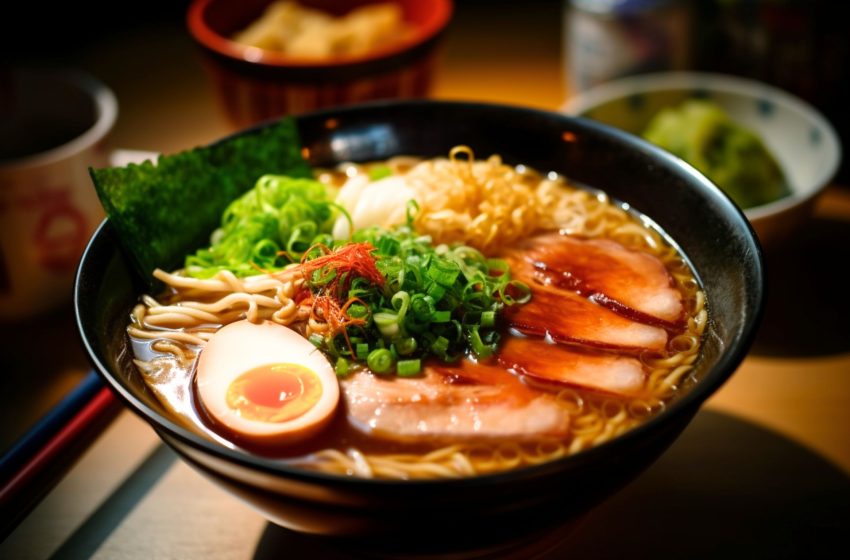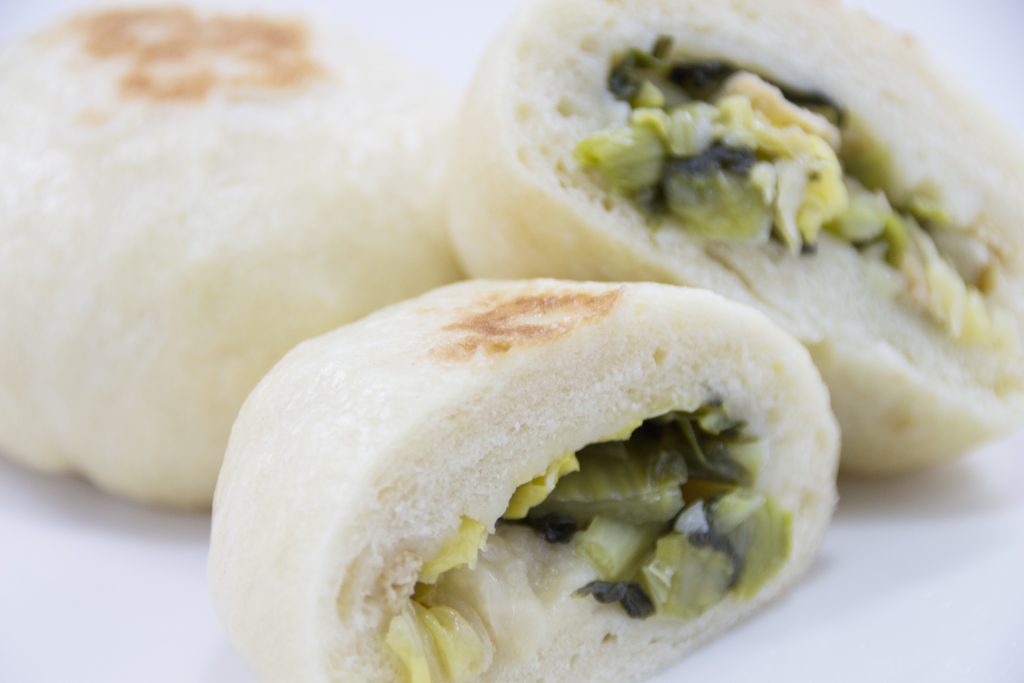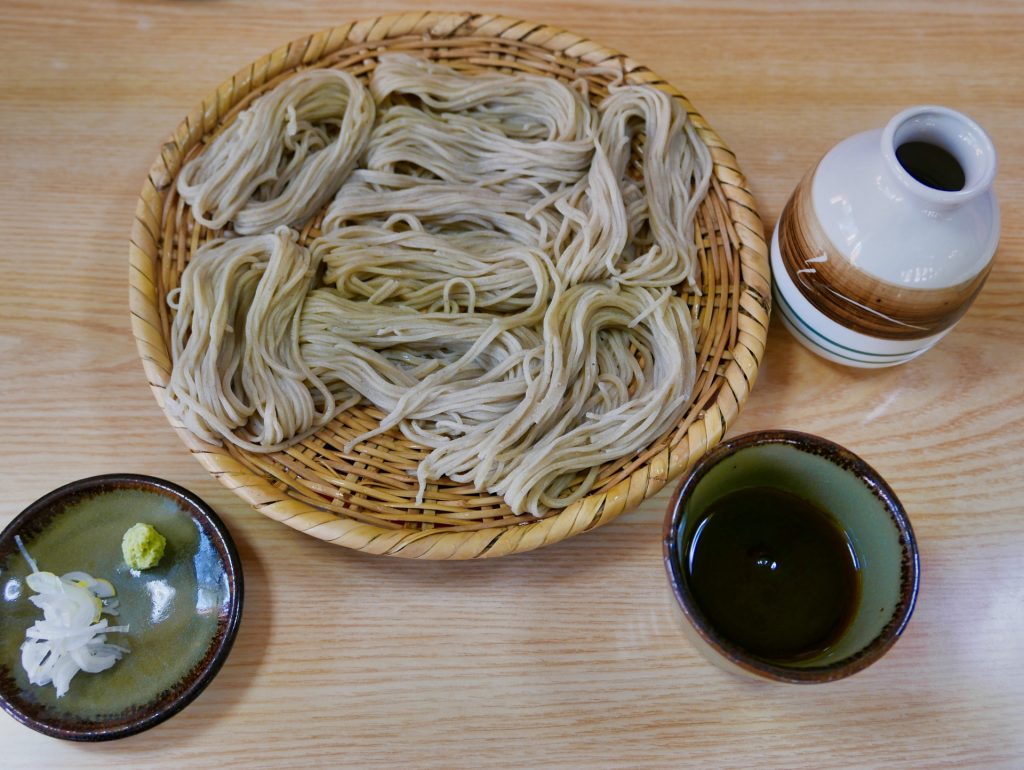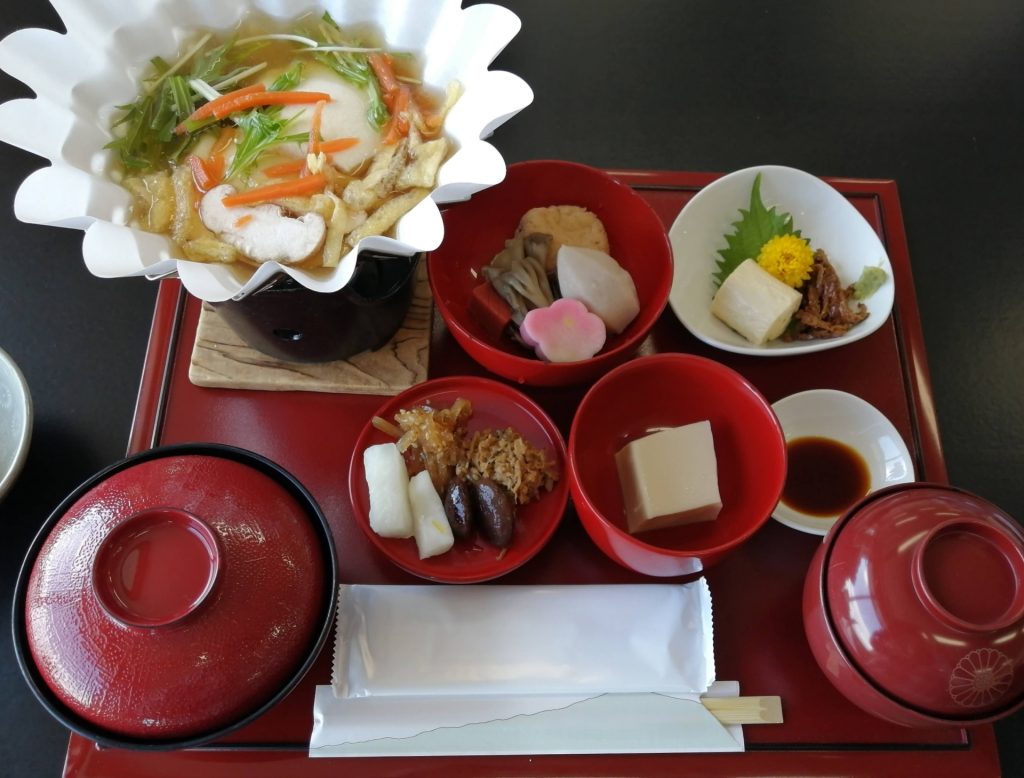
The Art of Ramen: A Culinary Exploration of Japan’s Beloved Noodle Dish
Introduction
Ramen, a dish that needs no introduction, has taken the culinary world by storm. From the bustling streets of Tokyo to the serene corners of Hokkaido, ramen has captured the hearts and palates of people around the globe. Join us on a gastronomic journey as we delve into the intricacies of this beloved Japanese noodle dish, uncovering the diverse broths, tantalizing toppings, and regional variations that make ramen a true culinary masterpiece.
A Symphony of Broths
At the heart of every bowl of ramen is its soulful broth, each type offering a distinct flavor profile that reflects Japan’s culinary ingenuity.
Shoyu Ramen (醤油ラーメン)
Shoyu ramen features a clear, umami-rich soy sauce-based broth that is often made by simmering a combination of chicken, pork, and occasionally fish. Its simplicity showcases the harmonious blend of flavors, making it a staple in ramen shops across Japan.
Shio Ramen (塩ラーメン)
Shio ramen boasts a delicate, clear broth seasoned with salt. The broth’s lightness allows the natural flavors of the ingredients to shine through, offering a refreshing and soothing option that’s perfect for those seeking a more subtle taste.
Miso Ramen (味噌ラーメン)
Miso ramen features a hearty broth made from fermented soybean paste, or miso. The result is a rich, full-bodied flavor that pairs well with a variety of toppings. Miso ramen is known for its depth and complexity, providing a satisfying umami experience.
Tonkotsu Ramen (豚骨ラーメン)
Tonkotsu ramen boasts a creamy and indulgent broth created by simmering pork bones for hours until the flavors are fully extracted. The result is a thick, cloudy broth that’s rich in both taste and texture, making it a favorite among those who crave a hearty and comforting bowl.
An Ensemble of Toppings
Ramen’s toppings, like instruments in an orchestra, add layers of flavor and texture to each bowl, creating a symphony of tastes that excite the senses.
Chashu
Slow-cooked and tender slices of pork that add a flavorful meaty element to the ramen.
Shinachiku
Fried bamboo shoots (kamaboko) that provide a crispy texture and unique flavor to the ramen.
Naruto
Fish cake with a characteristic spiral pattern, adding both visual appeal and a subtle fish flavor.
Nori
Thin sheets of seaweed that are chopped and sprinkled on top of the ramen, adding aroma and flavor while enhancing the presentation.
Yude Tamago
Soft-boiled eggs marinated in a seasoned mixture. The creamy yolk harmonizes with the broth, enhancing the overall flavor.
Ajitama
A seasoned boiled egg that adds a mellow taste to the ramen. When soaked in the soup, it imparts its marinated flavors.
Takana
Pickled mustard greens, providing a salty and slightly spicy accent that complements the ramen’s flavors.
Moyashi
Fresh bean sprouts that contribute a crisp texture and mild taste, adding a light and refreshing element to the ramen.
Corn
Sweet corn kernels that offer a pleasant sweetness and texture, serving as a unique and enjoyable topping.
Negi
Finely chopped green onions, adding a fragrant aroma and a fresh, slightly sharp flavor to the ramen.
These toppings contribute to the varied textures and flavors of ramen, enhancing each bowl and giving distinct character to different regional ramen styles.
Celebrating Regional Treasures
Japan’s culinary landscape is a mosaic of flavors, and nowhere is this diversity more apparent than in the realm of regional ramen. Each locale boasts its unique twist on this beloved dish, creating a tapestry of tastes that reflects the culture and history of its origin. Join us on a culinary journey as we traverse the country, sampling the distinctive flavors of regional ramen that have captured the hearts and palates of locals and visitors alike.
Sapporo Ramen
Hokkaido’s chilly winters find their perfect antidote in the hearty embrace of Sapporo ramen. Featuring a robust miso broth, this style of ramen is often accompanied by butter and sweet corn. The rich and satisfying flavors of Sapporo ramen make it a true comfort food, reminiscent of fireside gatherings during Hokkaido’s cold months.
Hakata Tonkotsu Ramen
Stepping into Fukuoka, you’re welcomed by the irresistible aroma of Hakata tonkotsu ramen. This style boasts a milky white, pork bone-based broth that has been simmered to perfection. Thin, firm noodles soak up the flavorful essence, while slices of tender chashu pork and pickled ginger elevate each bite to a culinary delight.
Kitakata Ramen
From the heart of Tohoku comes Kitakata ramen, characterized by its wide, curly noodles swimming in a soy sauce-based broth. This uncomplicated yet elegant dish celebrates simplicity, allowing the flavors of the region’s local ingredients to shine. With its earthy bamboo shoots and succulent chashu pork, Kitakata ramen is a cherished local treasure.
Onomichi Ramen
In Hiroshima’s coastal town of Onomichi, ramen takes on a refined persona. Onomichi ramen boasts a clear soy sauce-based broth, delicate and light, reminiscent of the tranquil seaside atmosphere. Topped with green onions, char siu pork, and a touch of sesame seeds, this ramen style reflects the harmony of land and sea.
Sano Ramen
Venturing into Tochigi, Sano ramen takes the spotlight with its unique fusion of soy sauce and miso in the broth. This umami-rich combination creates a satisfying taste that pairs perfectly with thin, curly noodles. Sano ramen is a testament to Tochigi’s innovative culinary spirit.
Takayama Ramen
In the picturesque town of Takayama, you’ll encounter a ramen style that reflects the region’s agricultural heritage. Takayama ramen features a soy sauce-based broth with thick, flat noodles. The addition of locally sourced vegetables, including mushrooms and bamboo shoots, adds a rustic charm to this savory delight.
Wakayama Ramen
Embracing its coastal location, Wakayama’s ramen showcases the bounty of the sea. With a soy sauce-based broth rich in seafood flavors, this style is a testament to the region’s maritime heritage. Topped with succulent slices of pork, green onions, and a dollop of fiery red pepper paste, Wakayama ramen is a feast for both eyes and palate.
Kumamoto Ramen
Kumamoto’s ramen boasts a broth enriched with garlic, offering a unique and bold flavor profile. This hearty creation features straight, medium-thick noodles and is topped with a medley of ingredients, including slices of tender pork, green onions, and spicy red pepper. Each spoonful captures the warmth of Kumamoto’s vibrant culinary scene.
Yokohama Iekei Ramen
Lastly, we explore Yokohama’s innovative creation – the Iekei ramen. This style blends tonkotsu and shoyu broths, resulting in a thick, flavorful base. Topped with chashu pork, spinach, and a seasoned soft-boiled egg, Yokohama Iekei ramen is a modern masterpiece that pays homage to the city’s dynamic culinary landscape.
Conclusion
Ramen, with its exquisite broths, tantalizing toppings, and regional variations, is a testament to Japan’s culinary artistry. As you savor each mouthful, you’re not just enjoying a meal – you’re experiencing the rich tapestry of Japanese flavors, traditions, and innovation that have made ramen an international sensation. From the classic bowls of Tokyo to the hidden gems of regional specialties, the world of ramen is a journey that captures the essence of Japan’s culinary passion.




